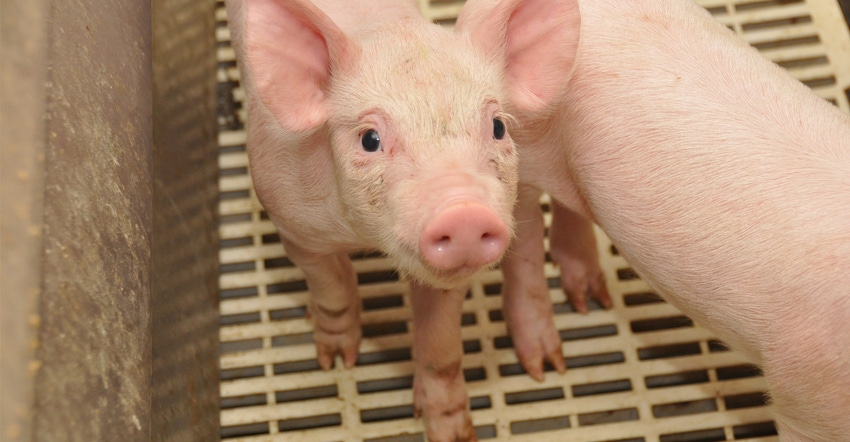
What did Illinois farmers do in 2016? Apparently, a lot of them built barns.
Illinois Farm Bureau’s Tasha Bunting says 120 notices of intent to construct were filed with the Illinois Department of Agriculture in 2016. Of those, 18 were beef barns, 17 were dairy barns, three were poultry facilities, three were for turkeys, and the remainder — 79 — were hog buildings.
“Through all of those notices and those that were built, Illinois was up 90,000 animal units at the end of '16 compared to '15,” Bunting reports. “Many were hogs.”
The construction boom amounted to $50 million worth of new infrastructure. And for at least some of those new facilities, completion brought an open house for the community.
Bunting is a fan of the open house. Through the efforts of the state's pork and beef associations and the Illinois Livestock Development Group, 10 farm families held open houses after their projects were completed. Seven of those were for hog barns and three were held at beef barns, reaching a total of 1,450 people.
“They usually invited local community and a press release went out to local media, but they’re wanting to really put an effort into getting more legislators there next year,” Bunting says. “Some would show up, depending on the relationship.”
Bunting anticipates working more closely with county Farm Bureaus next year, because those offices already have relationships with local legislators, county board members and adopted legislators. “We’ll have more of a push to have them attend some of these open houses at these facilities,” she adds.
And while the goal is to proactively share with a community what will happen inside the barns, Bunting acknowledges sometimes that’s still not enough.
“Not every industry is scrutinized like the ag industry is,” she says. “A lot of people outside of agriculture see some of the propaganda from other groups and buy into it.
“We in agriculture need to do a better job of explaining what’s going on inside our barns. The open houses are a great start, but sometimes that’s not soon enough. Different companies have different approaches, and different farmers have different ideas about how they want to handle that,” she says, acknowledging that the Chicago Tribune series on Illinois’ pork industry has made many in the industry gun-shy.
“There’s a lot of public outreach that needs to be done in those cases in order to ensure the public won’t be hounding them before they understand what’s even happening,” she says. “My concern is that farmers were willing to open their doors and talk to them, and look what happened. Now, I’m afraid there will be even more people who will say, ‘Nope, no way.’”
About the Author(s)
You May Also Like






